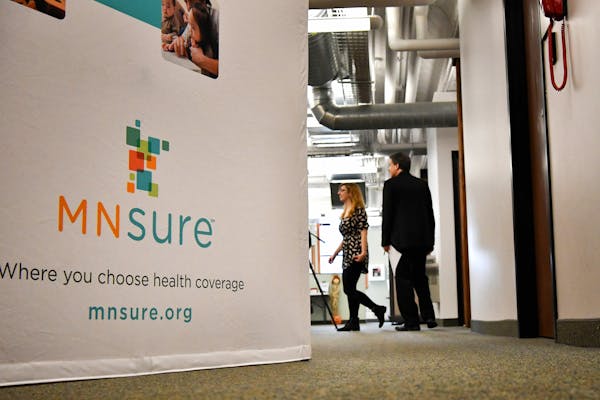The percentage of Minnesotans without health insurance fell to 3.8% last year — an all-time low, according to the Minnesota Department of Health.
Previous survey results by the Health Department in 2021 found an uninsured rate of 4%. The reduction is not statistically significant, the state says, although it suggests that an estimated 11,000 fewer Minnesotans were uninsured last year.
Higher rates of health insurance coverage are generally thought to be helpful in terms of patients' ability to afford health care. However, results from the Minnesota Health Access Survey, which the Health Department conducts every other year, also found increases in the share of state residents who went without care due to costs and expressed concerns about the financial protection of health insurance.
"We are encouraged by Minnesota's overall uninsurance rate," Dr. Brooke Cunningham, the state Health Commissioner, said in a statement. "However, we must keep in mind these rates are dynamic. ... What we are seeing is that insurance and health care costs remain a barrier for many Minnesotans."
In 2021, Minnesota was like other states in seeing expanded access to health insurance through the state-federal Medicaid program, which suspended program eligibility checks due to the COVID-19 public health emergency. Some state residents have been losing Medicaid coverage, however, since eligibility checks resumed starting last summer.
Most uninsured Minnesotans experience long-term uninsurance, meaning they lack insurance coverage for a year or longer, the Health Department says. In 2023, however, this group accounted for a smaller number and share of the uninsured, according to the new survey. More people lacked coverage on a short-term basies, meanwhile, and they were less likely to have previously had job-based health insurance.
"The increase in prior public program coverage among the short-term uninsured may be an early warning sign that people no longer eligible for public program coverage are not successfully transitioning to other coverage as was hoped for," Stefan Gildemeister, director of the state's Health Economics Program, said in a statement.
